Ceramic baking dishes: advantages, disadvantages and recommendations for choosing

Modern manufacturers make a huge amount of kitchen utensils, which differ in size, purpose, price range and material of manufacture. Each housewife can choose the kitchen utensils that she needs. The wide range and oversaturation of the market for kitchen accessories often complicates the choice of inexperienced housewives and often leads to the acquisition of unnecessary things, the choice of which is based only on their aesthetic appeal.
Professional chefs recommend paying attention to ceramic dishes. Clay baking dishes will become indispensable helpers in the process of preparing delicious and healthy food.

Features, pros and cons
The ceramic baking dish is a clay cooking utensil that has been popular for hundreds of years. Innovative technologies and modern equipment have allowed manufacturers to improve fragile and short-lived clay containers and produce reliable and fashionable ceramic molds that will delight the hostess for many years. Due to the special firing technology, which provides for the processing of the product at a low temperature, the dishes acquire increased strength, thermal stability and retain their porous structure.
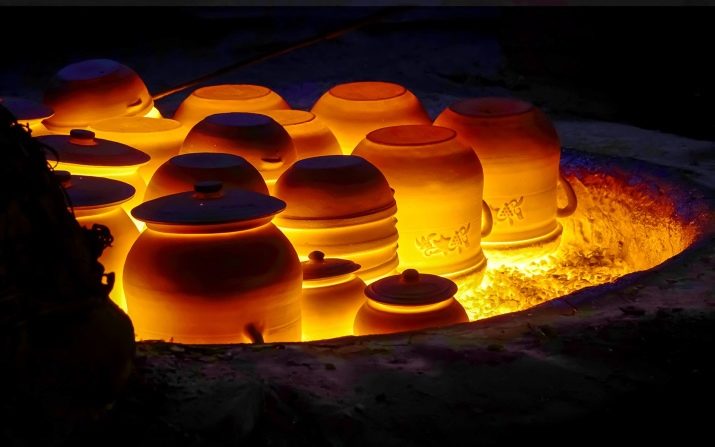
This process makes it possible to produce products of various shapes and colors.
To protect dishes from grease, moisture and dirt, the inner surface of the molds is covered with a special protective glaze layer. The glazed surface also functions as a non-stick coating. Glaze is a low-melting glass composition that is used to cover the inner and outer surfaces of the mold. To fix the glaze, products are fired at very high temperatures in special ovens.

Like any kitchen utensil, ceramic oven molds have their pros and cons. Advantages:
- versatility;
- environmental Safety;
- wide range of;
- the presence of a heat-resistant protective layer;
- high antiallergic performance;
- absence of toxic secretions and fumes;
- uniform heating of the entire surface without burnt areas;
- maximum preservation of all vitamins and minerals;
- high aesthetic indicators and the ability to serve dishes directly in a ceramic container;
- maximum preservation of the taste of products;
- the ability to cook without fat and vegetable oil;
- prolonged heat retention;
- high resistance to low temperatures;
- no chemical reaction with food.

Disadvantages:
- intolerance to sudden temperature fluctuations;
- the need to carefully remove all food debris;
- long cooking period;
- heavy weight;
- fragility.
Some housewives use ceramic containers for storing cereals. This trick allows you to protect supplies from damage and the appearance of insects in them.
Particular attention should be paid to terracotta ceramic dishes, which are made from red clay.

These forms not only have all the features of clay products, but also remove toxic substances from the body, and also prevent the development of dangerous diseases. You can cook vegetable, meat and fish dishes in these containers without the use of vegetable oil and animal fat.
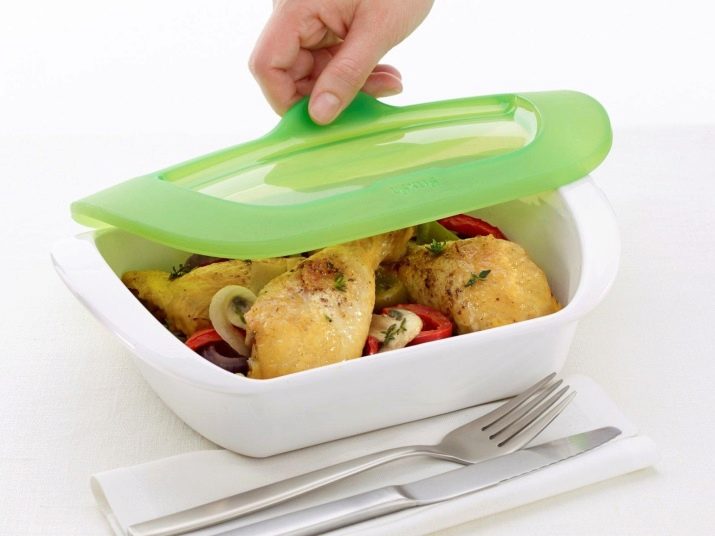
Sizes and shapes
On the shelves of modern stores, you can see a wide range of baking containers, which can vary in both shape and size. Experts identify several of the most popular types of ceramic products.
- Pots - small containers, the volume of which does not exceed 500 ml. This type of dish is used for baking and stewing dishes while serving them in this dish.
- Casserol - containers that are made in the form of various figures of animals and birds. Lids can be supplied with the dishes.
- Cocottes - small pots with long handles, which are used for poultry, crabs, as well as mushroom and vegetable dishes.
- Fondue - a container for making desserts with chocolate and fruits. An integral part of the set are forks and saucers.
Classic utensils for making sweet baked goods, as well as vegetable and meat casseroles, can be rectangular or round and have both small and large sizes.



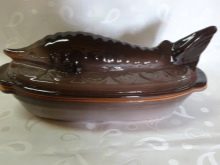

For ease of use and to reduce the preparation time, manufacturers often complement the molds with special lids.
How to choose?
Not only the rules for their operation and storage, but also the rules for choosing a product when buying, will help to extend the life of the dishes. Only high-quality kitchen items can last for more than a dozen years. High quality forms should have the following features:
- the presence of a white glazed layer on the inside and outside;
- absence of cracks, spider webs chips;
- lack of bumps and depressions.


The type of dish planned has a direct impact on the choice of a baking dish and its appearance:
- pies and sweet pastries - low sides and the presence of a handle;
- cupcakes - corrugated surface of the sides;
- meat, vegetables and fish - deep containers of various shapes with lids;
- biscuits and soufflé - round shapes with high sides;
- yeast and shortbread pies - round shapes with thick and low sides;
- lasagne and casseroles - low rectangular shapes;
- muffins and baskets - special small molds.
The list of parameters to consider when buying a form:
- shape, thickness and height;
- permissible temperature range;
- term of operation according to the warranty card;
- the size and dimensions of the oven;
- material of manufacture;
- appointment;
- price;
- equipment;
- country of origin and brand name.

If, when choosing a product, there are doubts about its quality, you must refuse to purchase and choose another manufacturer. When choosing a product, every housewife must understand that quality products cannot have a low price.
Tips for use and care
Ceramic molds are universal containers that can be used both in an electric and gas oven, and in a microwave, but in order for the dishes to serve for more than a dozen years, you need to learn how to use it correctly.
To prevent deformation of products and the appearance of cracks, experts recommend avoid sudden temperature fluctuations, and the temperature level must be brought to the required level very slowly, trying to avoid sudden heat. It is strictly forbidden to place containers on gas burners with an open flame, as well as on electric and induction cookers.

New ceramic kitchen utensils must be thoroughly washed with regular dish detergent and dried before use.
After complete removal of moisture, experts recommend lubricating the inner walls of the mold with vegetable oil and calcining it in the oven. This trick will significantly increase the non-stick properties. To increase the strength of the new product, experienced housewives recommend boiling it in clean water with the addition of a small amount of salt and vinegar.
In order for the prepared dish to have high taste and aroma characteristics, professional chefs recommend placing the dish in water for a few minutes before using it. This procedure will allow water to fill the pores, thereby preserving the juiciness of the dish as much as possible.
The porous structure not only absorbs water, but also the aroma of old dishes, which, with poor-quality care, can be transferred to a new dish.
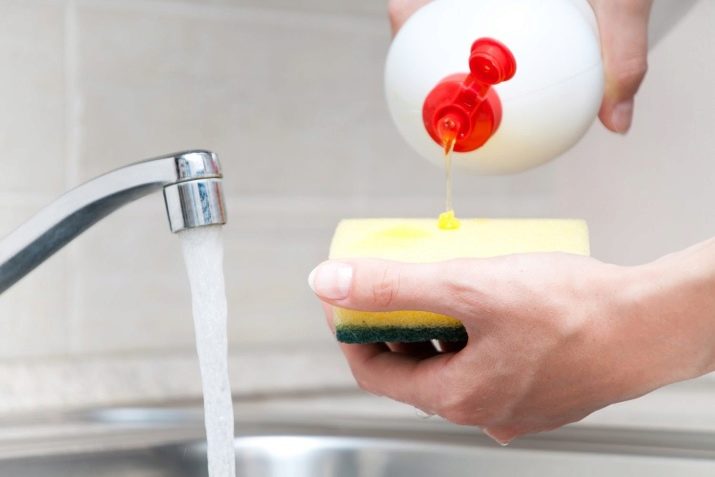
Experts recommend that after each preparation, thoroughly wash and dry all clay containers, and remove any remaining moisture with a clean soft towel.
To remove dirt it is undesirable to use chemical detergents, it is better to use natural formulations. The most effective cleaning agent is a mixture of baking soda and mustard, which removes food debris, fine river sand and wood ash well. It is strictly forbidden to wipe off dirt with metal brushes and brushes, which lead to scratches on the glazed surface.
Experienced housewives do not recommend washing products in dishwashers, which can damage containers.

Basic rules for using these forms:
- placing the container in a warm oven;
- exclusion of contact of dishes with the walls of the oven and heating devices;
- exclusion of contact of hot dishes with cold food ingredients;
- installing a hot mold only on a warm surface;
- use only non-aggressive creamy detergents.
To speed up cooking, experts recommend placing semi-finished components in a mold and pouring boiling water over them. If you need to feed a large number of guests, it is better to distribute all the ingredients in small portion pots, in which the food will cook much faster.

Compliance with the rules for storing dishes will also help to extend the period of operation. It is better to leave clean molds in ventilated cabinets.
Experienced housewives do not recommend covering dishes with lids.which obstruct the movement of air and can cause an unpleasant odor.In order to get rid of the musty aroma, you need to wash the products with warm water, vinegar and salt. It is strictly forbidden to drop fragile containers or knock on them with metal objects.
If, nevertheless, it was not possible to avoid the appearance of cracks and scratches, experienced housewives advise not to rush to throw out the form, but to try to solve the problem on your own. A mixture of clay, brick powder and varnish or sugar syrup, which must be poured into the place of damage, will help to close the cracks.
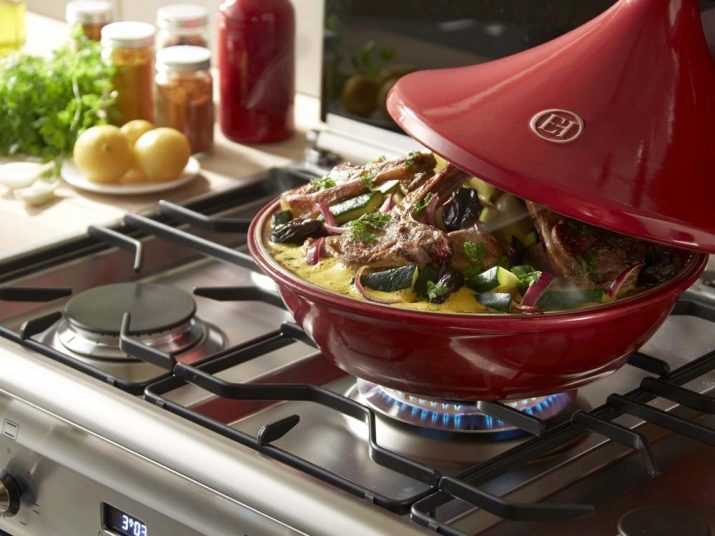
These simple methods will help save your family budget and extend the life of your favorite utensils.
Well-known trademarks in the instructions for their products indicate detailed instructions for the care, operation and storage of ceramic containers, which must be carefully read and strictly observed.
The high employment rates of modern women often prevent them from paying much attention to food preparation. But, despite the lack of enough time, every housewife wants to please her household with a delicious and healthy breakfast, which can be helped by ceramic baking dishes in the oven. The hearth keeper just needs to put all the purchased ingredients into a container and put the dish in the oven for the required amount of time. However, before operating these devices,and carefully study the instructions for the use and storage of ceramics, which will significantly extend the life of your favorite kitchen appliances.
For information on which baking dish to choose, see below.








